1st Tier Cities
Tier 1 cities represent the most developed areas of the country. Large densely populated urban areas with huge economic, cultural and political influence in China. Tier 1 cities attract a lot attention from foreign organizations because they have higher income levels than the national average. These cities are Shanghai, Shenzhen, Guangzhou, and Beijing.
Things to note when discussing each Tier 1 city in China:
- Some of the biggest cities globally
- Populations between 10 to 26 million people
- Talents pools for hiring are educated and qualified for most industries
- Have the highest salaries
- Have the highest real estate/home rental prices

Shanghai
Tier 1 cities boast some of the top universities in the world including some of the following:
- Peking University – #41
- Tsinghua University – Beijing #59
- Fudan University – #96
- Shanghai Jiao Tong University #136
3rd Tier Cities
Tier 3 cities may sound small and off the dirt beaten path but don’t get it confused. Tier 3 cities in China still can have up to millions of people and have a huge influence in the nation’s economic industry.
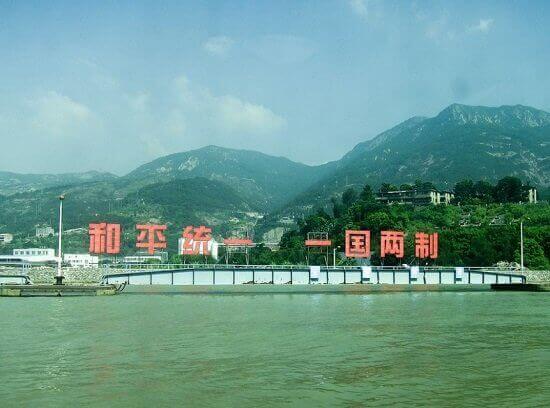
Xiamen
They also have solid universities to provide a base of educated workers. Tier 3 cities have some of China’s highest ranked universities including:
- University of Science and Technology of China
- Shandong University
- Xiamen University
- Dalian University of Technology
Industry
A 50sqm retail location in Hangzhou (Tier 3) can cost 15,000 RMB, the same as a 12sqm location in Shanghai (Tier 1). According to BCG, 60 percent of China’s economic growth will come from Tier Three and Tier Four cities by 2020. In addition, Tier 1 and Tier 2 cities make up more than 55% of the national GDP. Approximately 65% of fast moving consumer goods sales come from Tier 3 and lower tier cities.
Lifestyle
For expats no matter your career, you’ll experience a different lifestyle between tiers 1 and tier 3 cities:

Yangshuo
Language Barrier
For Tier 1 cities such as Beijing and Shanghai, they have a huge international appeal and population. The language usage will reflect the international population. If you have no interests in learning Mandarin, you’ll be able to get by with the bare minimum in these larger cities. A lot of signs from malls, restaurant menus, metro stops, and etc. will have English translation.
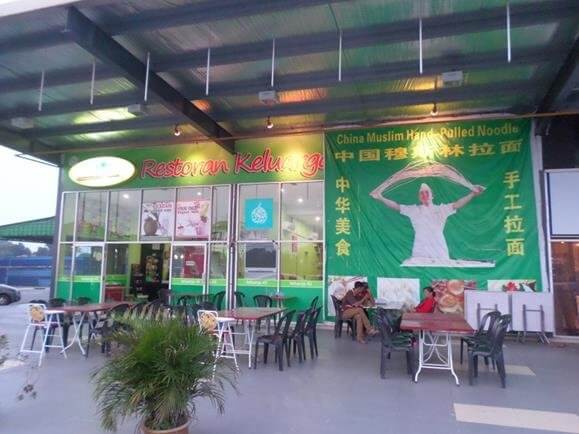
Noodle Restaurant in Wuxi
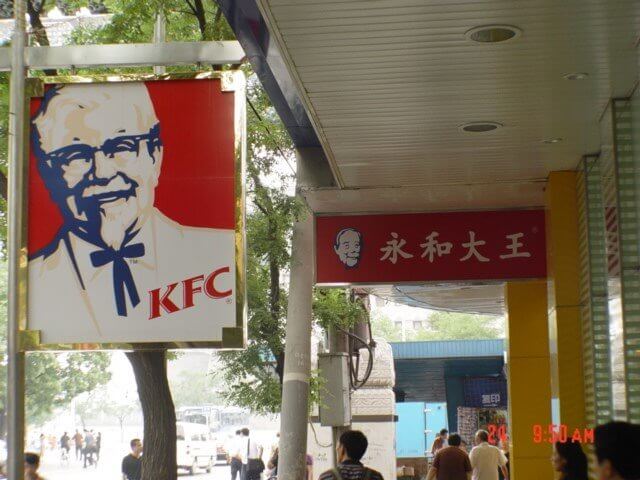
KFC in Guangzhou
Unlike Tier 1 cities, Tier 3 cities will have a more local appeal. Tier 3 cities though have come international companies within them; the language barrier will be a bit higher. As most of the population will be more local and fewer foreigners living there, you’ll have to learn Mandarin or the local dialect to be more functional.
Stores
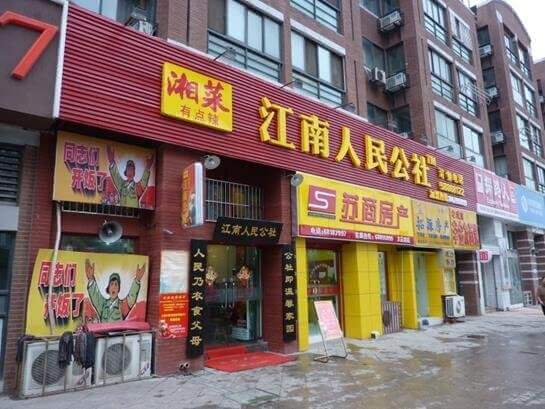
Xialin (Tier 3)
Life in 3rd tier cities is not as fast compared to the larger cities; the cost of living is also lower. Teaching in 3rd tier cities even on a salary of (10,000RMB or less /month) will still live you some cushion for savings or traveling. The air quality is also far better. There are far less people as well, for those who prefer to live a slower and more traditional life in China, we’d recommend you choose 3rd tier cities.
Local culture
Shanghai and Shenzhen have huge populations will hundreds of thousands of foreigners living there from work to education, so the local culture will have some international influence. As these cities are being built and renovated daily, the local culture becomes more international than historic. Tier 3 cities maintain a certain level of historic influence because they don’t have the foreign investment and also the local people are deeply rooted in the community. So you experience will be more traditional than all the lights of the big city.
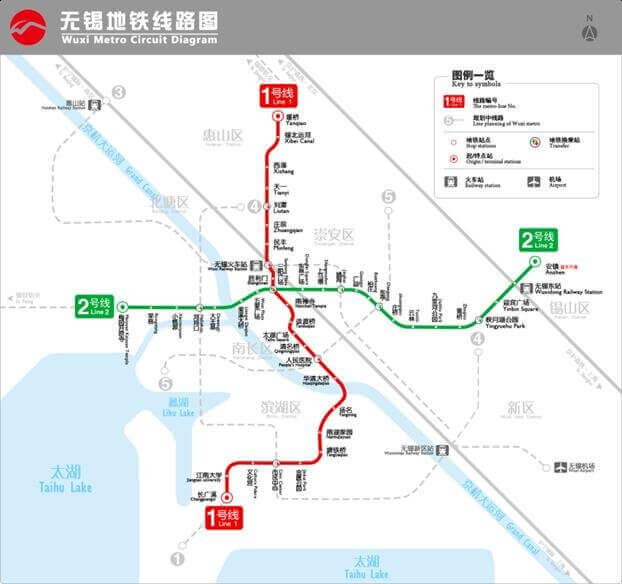
Wuxi Metro Map
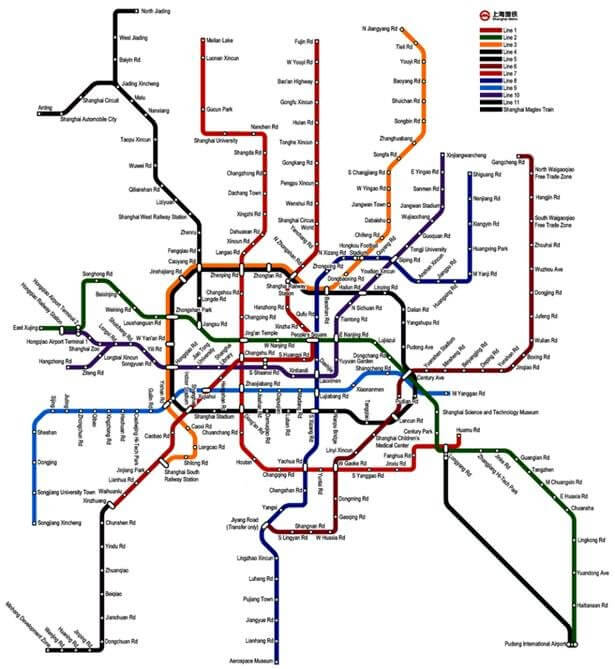
Shanghai Metro Map
Social Life
Shanghai is internationally known for having one of the world’s most vibrant and beautiful night life scenes. As there are about 250K expats living in Shanghai, the city caters to an international night life. Your social circle will be like that of a western city being able to meet dozens of people from all over the world, in the city for different reasons. Websites like Meetup.com and Internations have plenty of events and opportunities to dive deeply into the pool of foreigners.
Tier 3 cities don’t have this same luxury. Some tiered 3 cities such as Xiamen may have only a few hundred foreigners but this gives the opportunity to build more meaningful relationships and friends because they’re so far and few between. Also, being outside the big city will provide you the chance to explore the outdoors and participate in a more traditional Chinese lifestyle. If you want to travel to the city, most tier 3 cities have high speed trains departing your local train station. Also, the nightlife will be limited so get comfortable going to the same pubs and clubs quite often.
Cost of living quick check Tier 1 vs tier 2
1 Bedroom furnished apartment: 5000 RMB/ month vs. 3500 RMB/ month
Beer Tiger 24oz: 30 RMB vs 10 RMB
Cab ride start meter: 14 RMB vs 5 RMB Shanghai
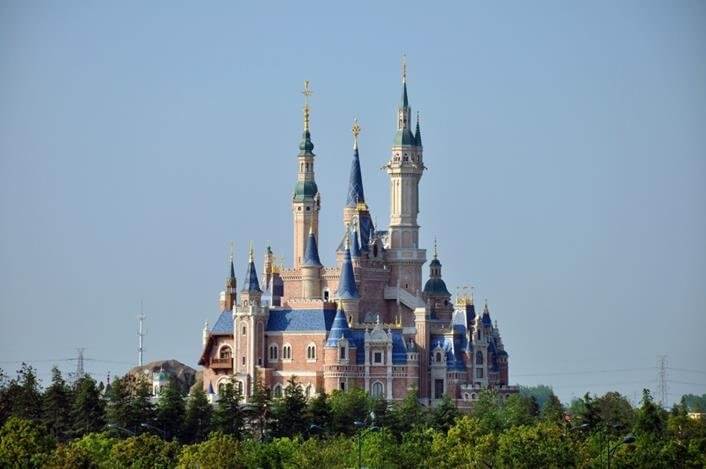
Disneyland

Huashan

Wal-mart in Beijing
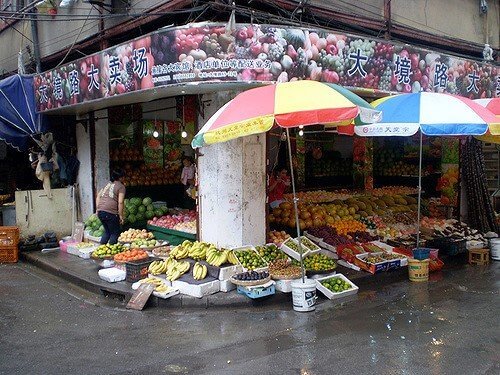
Fruit Store in Dalian
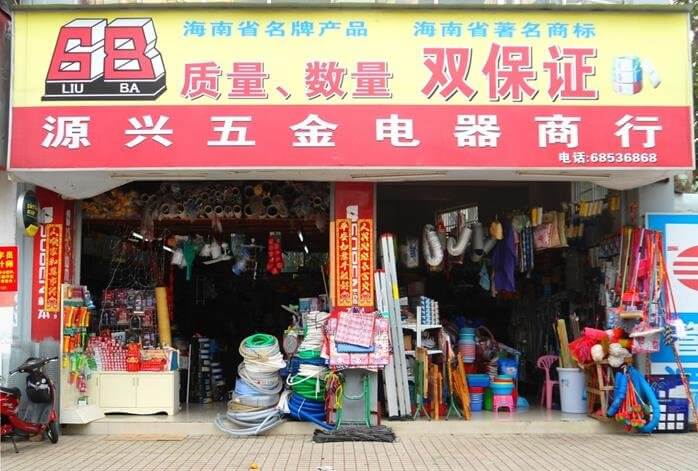
Convenience store Wuxi
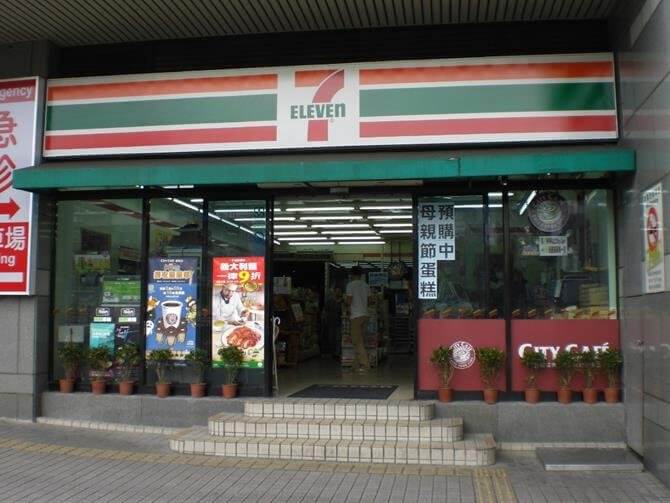
7/Eleven in Guangzhou
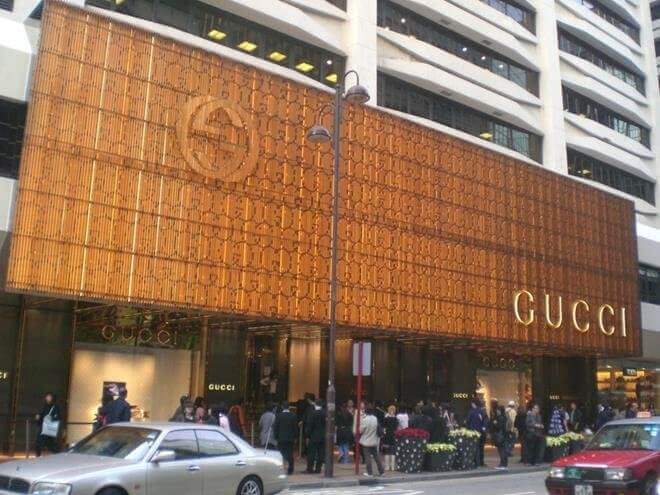
Gucci Store in Shenzhen
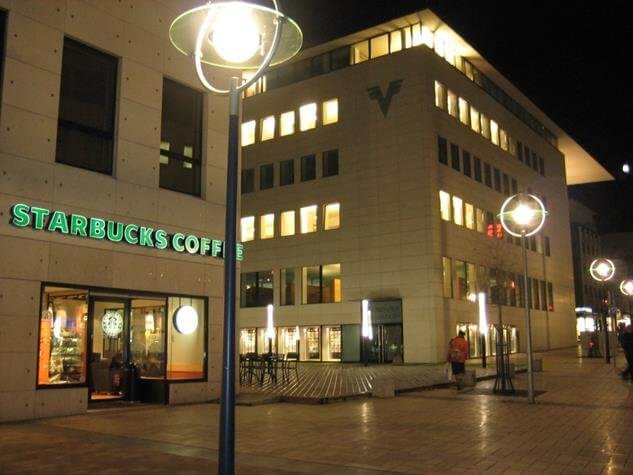
Starbucks in Shanghai
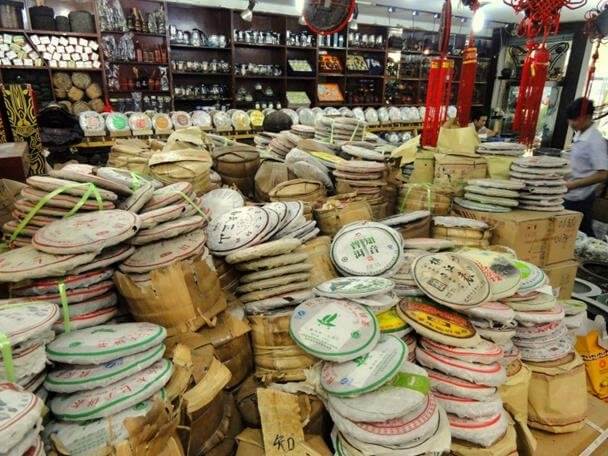
Tea shop in Kunming
By Deshwan Peterson, Guest blogger at Teaching Nomad. Follow Deshawn on Instagram, twitter, or his website.
About our company: Teaching Nomad is an American owned and operated education recruitment company based in Shanghai, China. Our goal and purpose is to help great teachers find great teaching jobs. Year round, we have hundreds of teaching job vacancies. Whether your goal is to be an ESL teacher or teach in an international school, we have a teaching job for you. You can browse jobs online at www.teachingnomad.com/job-search for the latest job openings. Teaching Nomad is here to make teaching in China easier, so please feel free to reach out and contact us with any questions or inquiries!

